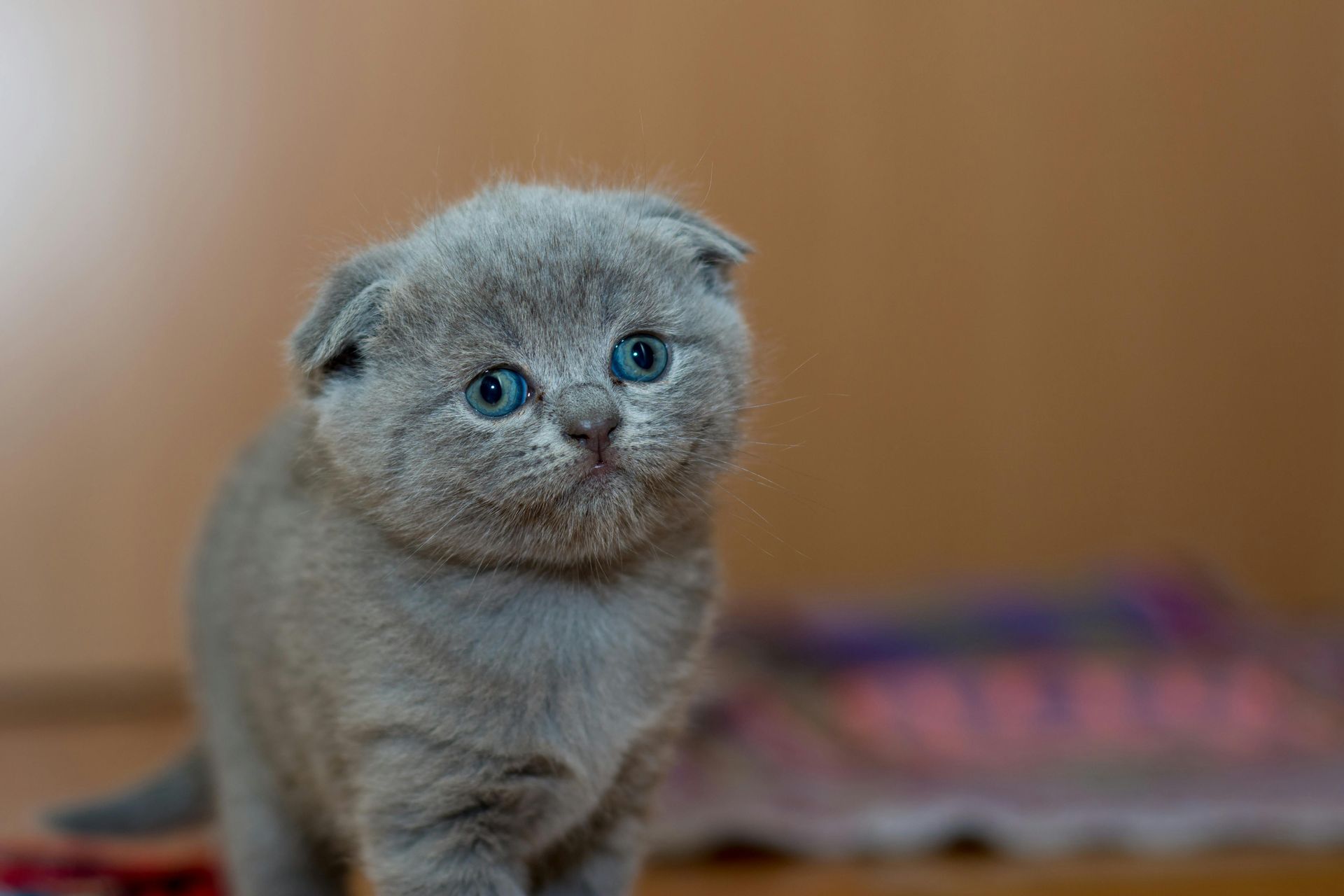Cat Litter Buying Guide: Find the Purr-fect Litter for Your Kitten
Let’s be real—picking out cat litter isn’t the most glamorous part of being a cat parent, but it is one of the most important. The right litter can make your life easier, keep your home smelling fresh, and, most importantly, keep your cat happy.
Finding the perfect cat litter might take some trial and error, but once you find the one, life gets so much easier. Whether you prioritize odor control, eco-friendliness, or a low-tracking formula, there’s a litter out there for every cat parent.
But with so many options out there, how do you choose? Don’t worry—we’ve got you covered. Here’s everything you need to know to find the best litter for you and your feline friend.
(Bonus: read until the end and we reveal you the ultimate futuristic litter solution!)
1. Clumping vs. Non-Clumping: Which Team Are You On?
One of the first decisions you’ll need to make is whether to go with clumping or non-clumping litter. Here’s the breakdown:
- Clumping Litter: Forms solid clumps when wet, making it easy to scoop and maintain. This is great for keeping odors under control and reducing full litter box changes.
- Non-Clumping Litter: Absorbs moisture but doesn’t form clumps. You’ll need to change the entire litter box more often, but some cats prefer this texture.
If you like easy cleaning, go for clumping. If you want simple absorption, non-clumping could work.
2. Material Matters: What’s Your Litter Made Of?
Not all litter is created equal! Here are the most common types and their pros and cons:
- Clay (Most Common) – Clumping and super absorbent, but can be dusty and heavy.
- Silica Gel Crystals – Excellent odor control and low dust, but can be pricey.
- Pine Pellets – Natural and eco-friendly, but not all cats like the texture.
- Corn/Wheat – Biodegradable and great at odor control, but some cats may try to eat it (yikes!).
- Recycled Paper – Dust-free and soft on paws, but not the best at odor control.
3. Odor Control: Keep Your House Smelling Fresh
Nobody wants their house to smell like a litter box, so odor control is key. Look for litters that contain activated charcoal or baking soda for extra freshness. If your cat is sensitive to scents, avoid heavily perfumed litters—some cats hate them and might refuse to use the box (which is NOT the vibe you want).
4. Dust Levels: Keep It Low
If you’ve ever poured litter and been met with a cloud of dust, you know how annoying (and unhealthy) it can be. Low-dust or dust-free formulas are a game-changer, especially for people or pets with respiratory issues.
5. Tracking & Mess: Keep It in the Box
Some litters stick to your cat’s paws and get tracked everywhere. If you’re tired of finding litter in your bed (ew), look for a low-tracking formula. Pro tip: A good litter mat can help cut down on the mess!
6. Eco-Friendliness: Go Green If You Can
Want to be kinder to the planet? Look for biodegradable options like corn, wheat, pine, or recycled paper. Some of these can even be flushed (but check local guidelines first!).
7. Price vs. Value: Is Expensive Always Better?
The most expensive litter isn’t always the best. While premium litters often have better odor control and less dust, there are plenty of budget-friendly options that get the job done. Test out a few to see what works best for you and your cat.
8. Automatic Cat Litter Robots
The future is here. Not only do cat litter robots automatically scoop the stuff into a sealed bag; some even refill the cat litter as well. Comes in very handy when you want to go away for two weeks on vacation! Just look at this AI-powered magic litter box.*
*This article contains affiliate links, earning us commission for each sale at no extra cost to you. The affiliate link does not influence our product choice - we only show products we stand behind. Thank you for supporting Name My Kitten!


